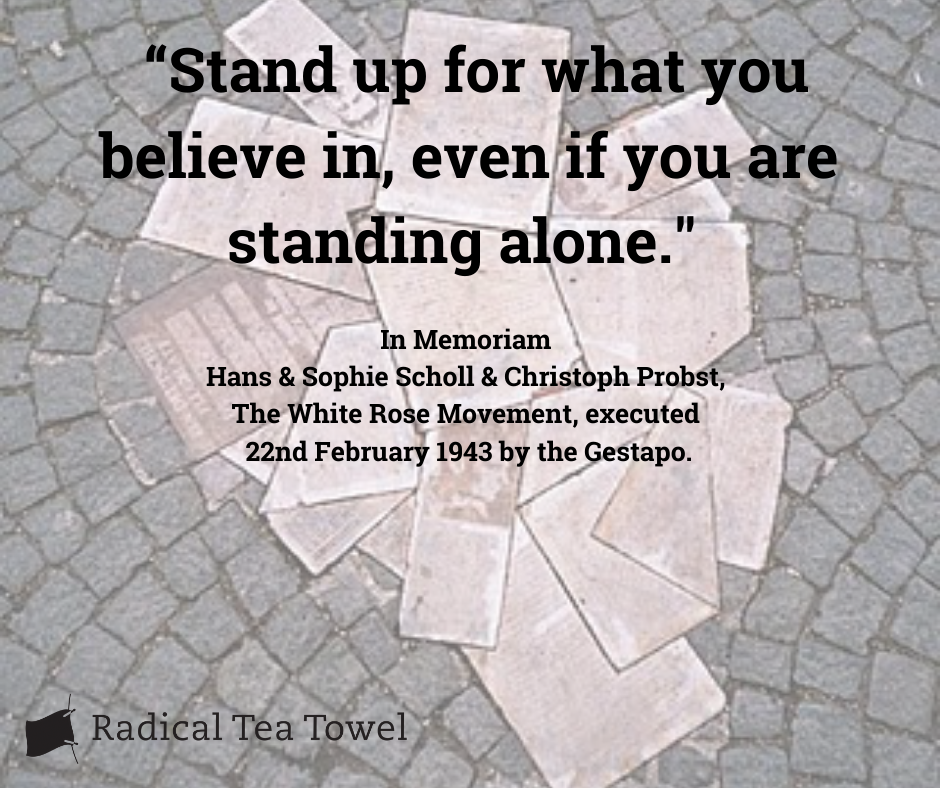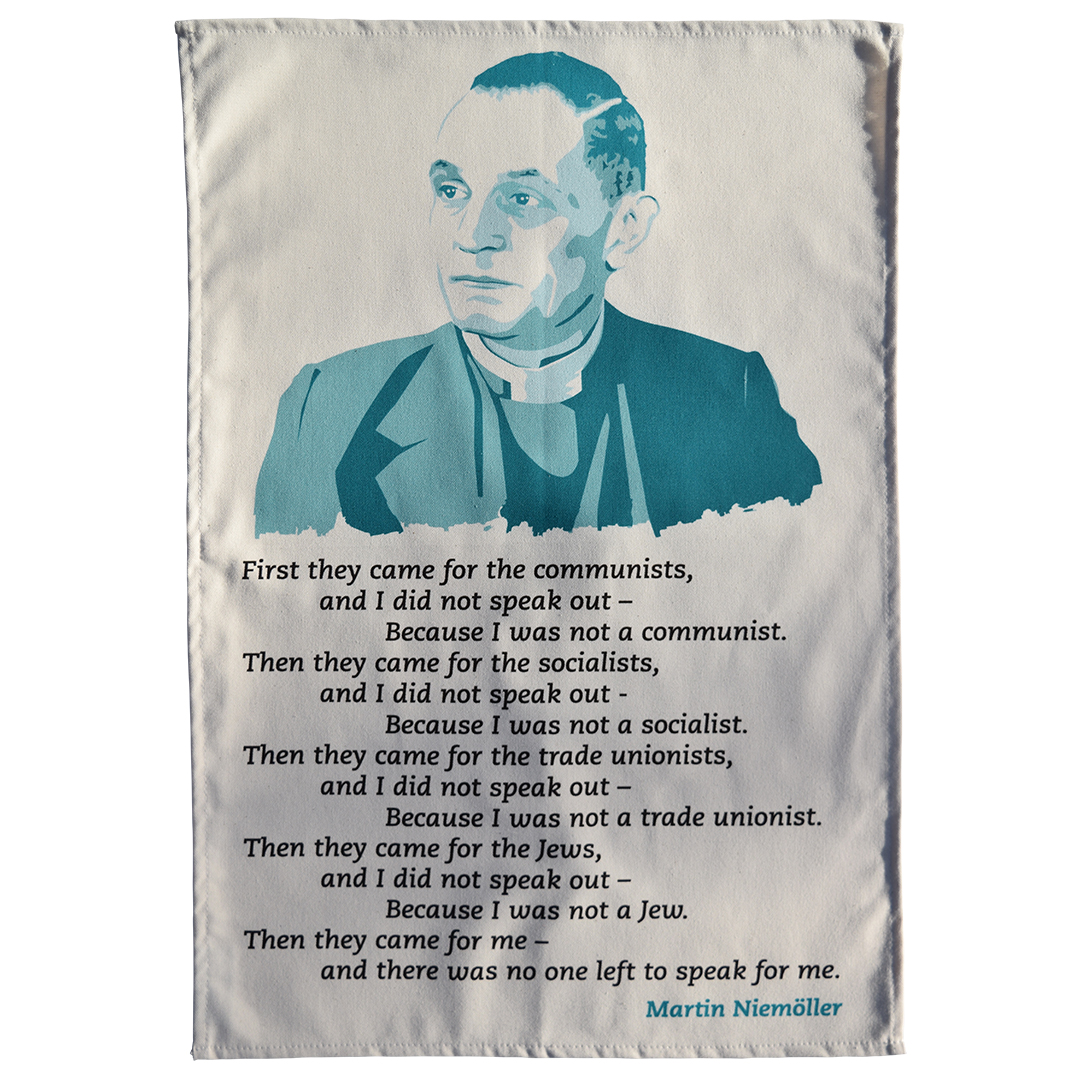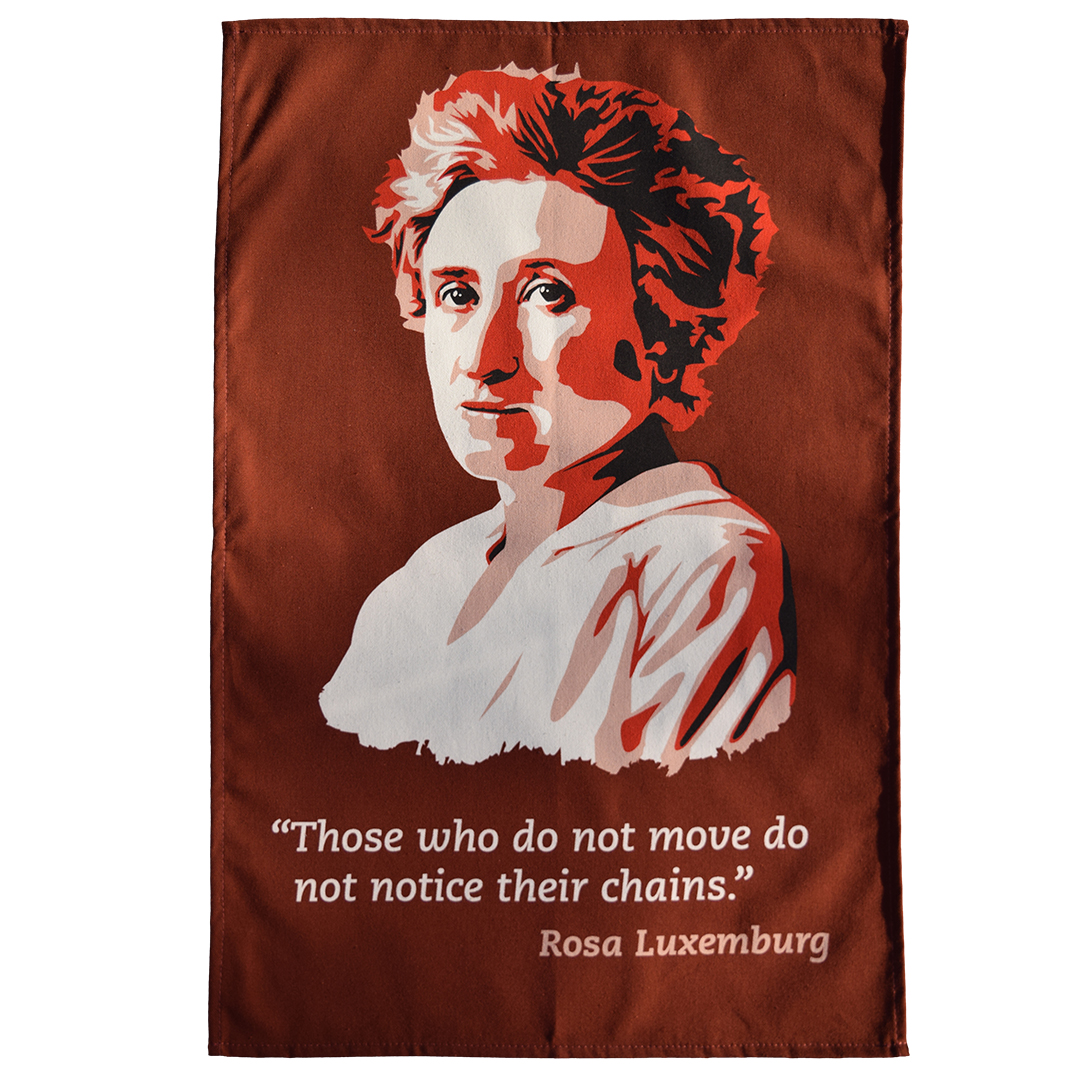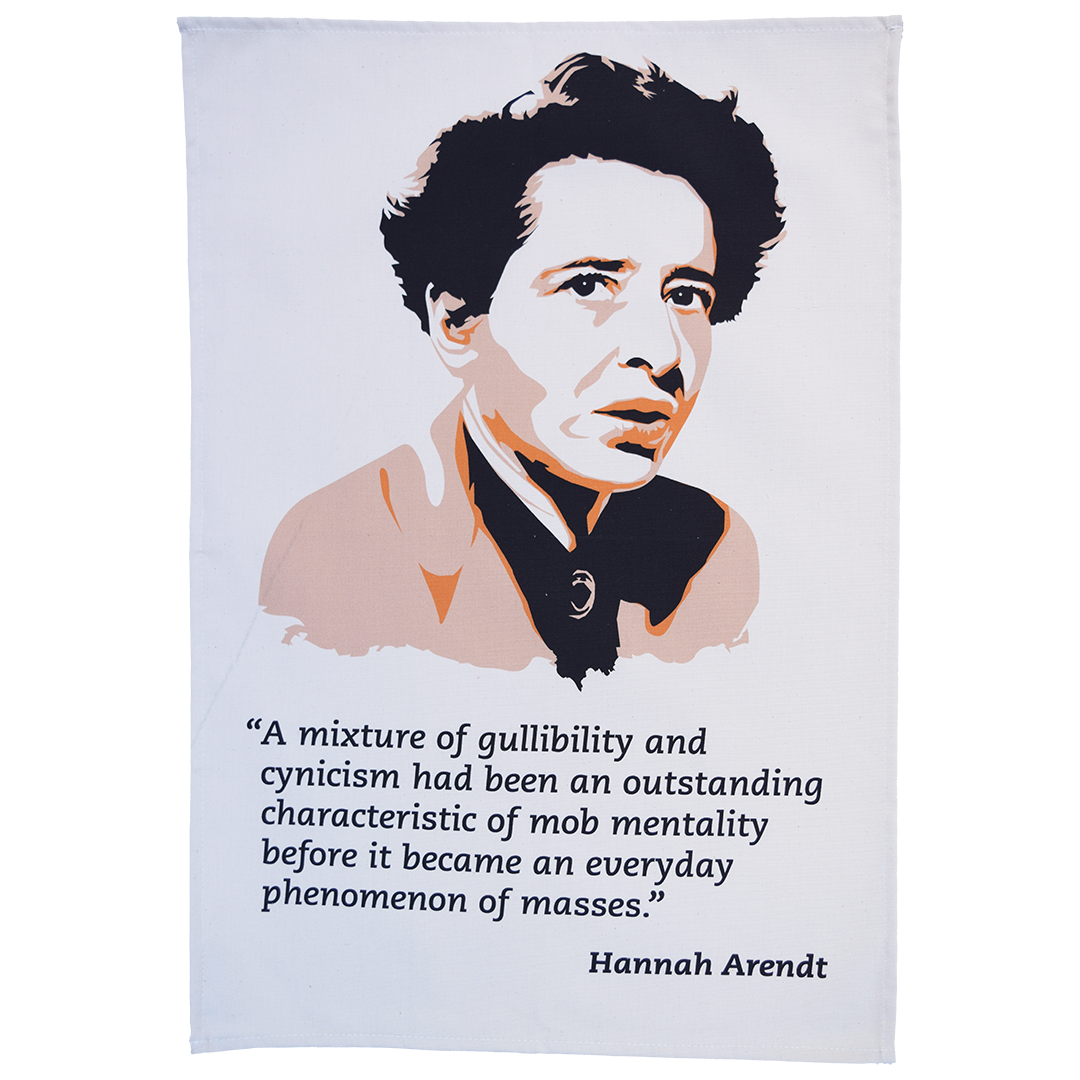A Righteous Cause: The Story of the White Rose Resistance Movement
Posted by Pete on 18th Feb 2022

How a group of university students became leaders in the anti-Nazi resistance
By the time Hitler invaded Poland in 1939, organised anti-fascism in Germany had been long-since crushed.
Most Communists, Socialists, and trade unionists had already been sent to concentration camps or murdered. Others were continuing the struggle in exile, where many had fought courageously in the International Brigades of the Spanish Civil War.
Even the more conservative voices of discontent in Germany were now being locked up. Martin Niemöller, a right-wing Lutheran, was in Sachsenhausen for protesting Nazi moves to subjugate the Church.
But after all this state terror, seeds of resistance remained, and the course of World War 2 helped them to grow.
Niemöller's confession has become a popular anti-fascist rallying cry: a warning to those who turn a blind eye to injustice
Click to view our Martin Niemöller tea towel
There was the Red Orchestra network of anti-Nazi activists, and the more conservative Kreisau Circle of disgruntled military and political elites.
But the most famous resistance movement in Nazi Germany was the White Rose.
Without any institutional support, a small group of students at the University of Munich began writing and distributing anti-Nazi pamphlets in the summer of 1942.
Unlike more conservative dissidents, the White Rose movement weren’t against Hitler for endangering German national security by his invasion of Russia, or besmirching the supposed honour of the German military.
Instead, what they fought for was emancipation: liberation from a decade of fascist totalitarianism and genocide.
In the words of Hans Scholl, a leader of the White Rose, they wanted to “Let Freedom Live!”
By the mid-20th Century, Germany already had a tradition of anti-fascist resistance - most notably the Spartacist Uprising in 1919, led by Rosa Luxemburg
Click to view our Rosa Luxemburg tea towel
But what was it particularly that led these students down the path of resistance?
Well, for Sophie and Hans Scholl, it was the progressive influence of their parents, who had long warned them against the dangers of Nazi fascism.
A few of the students had also had also spent time on the Eastern Front in 1942, where they witnessed Nazi atrocities committed in the USSR.
And Eugen Grimminger, who provided funding for the students, had experienced first-hand the genocidal ideology of the Nazi regime: his Jewish wife, Jenny Stern, was murdered at Auschwitz.
It was the collective weight of these horrific experiences that united the members of the White Rose in their struggle against fascism.
In their pamphlets, they revealed what they knew about the Nazi regime, shaming other Germans who turned a blind eye to the facts:
“Why do you allow these men who are in power to rob you step by step, openly and in secret, of one domain of your rights after another, until one day nothing, nothing at all will be left but a mechanised state system presided over by criminals and drunks?”
In their second pamphlet, they exposed the ongoing Holocaust:
“Since the conquest of Poland, 300,000 Jews have been murdered in this country in the most bestial way… The German people slumber on in dull, stupid sleep and encourage the fascist criminals. Each wants to be exonerated of guilt, each one continues on his way with the most placid, calm conscience. But he cannot be exonerated; he is guilty, guilty, guilty!”
The political philosopher Hannah Arendt also criticised those who, despite not supporting the Nazis, nonetheless did nothing to resist the Nazi regime
Click to view our Hannah Arendt tea towel
Over the eight months that the White Rose were active, the war got worse and worse for Hitler.
The Germans were first bogged down and then, in February 1943, smashed to bits by the Red Army at Stalingrad. Things had decisively turned. The Allies were now on course to victory.
The White Rose, meanwhile, cranked up its agitation.
But then, on 18 February, 1943, Sophie Scholl was spotted leafleting in Munich, and reported to the Gestapo.
Four days later, the Scholl siblings and Christoph Probst were executed by guillotine at Stadelheim Prison.
Before she was executed, Sophie Scholl gave her last words of resistance:
“How can we expect righteousness to prevail when there is hardly anyone willing to give himself up individually to a righteous cause? Such a fine, sunny day, and I have to go, but what does my death matter, if through us, thousands of people are awakened and stirred to action?”
Later in that same year, Schmorrell, Huber, and Graf were all executed. Graf was tortured for seven months by the Gestapo, never giving up the names of his comrades in the wider network.
In January 1945, Hans Konrad Leipelt was executed for continuing White Rose activities in Hamburg.
But no number of treason trials could save the Nazis now.
The Sixth and final pamphlet of the White Rose was distributed posthumously – dropped over Germany by hundreds of Allied aircraft.
Hitler’s legions were rolled back from East and West, at the cost of millions more lives.
And when the Allies began to move into Germany itself two years later, they advanced over the graves of millions of German anti-fascists.
From Rosa Luxemburg, murdered by the Freikorps and thrown in Berlin’s Landwehr Canal in 1919, to the beheaded members of the White Rose.
Recently, the White Rose name has been appropriated by anti-lockdown disinformation groups - a shameful attempt to compare life-saving public health measures to Nazi genocide.
But we refuse to let these conspiracy theorists taint the legacy of the real anti-fascists who fought against Hitler.
Today, on this anniversary, we commemorate their struggle.



